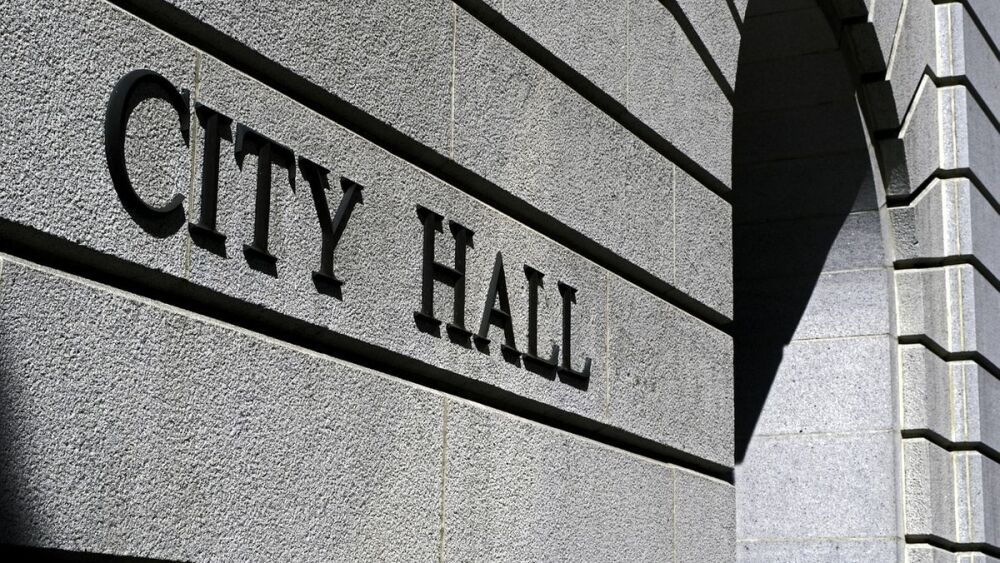The following question was recently posted on Quora:
“Is redensification an answer for controlling urban sprawl of growing cities?”
Two urban development gurus offer their opinions below:
Absolutely. It is the best generic answer for this problem, but it’s more of a goal than a tactic.
As an example, Vancouver, BC has a density of 5,300 people per square kilometre and consistently is at or near the top of urban livability and desirability indexes. Compare this to the Canadian average of 2,000 people per square kilometre or the US average of 1,200 per square kilometre. This has been a conscious and intentional policy for decades.
Tactics for increasing density in urban cores include but are not limited to:
- Greenbelts or agricultural belts limiting outward expansion
- Creation of condo building friendly zoning downtown
- Rezoning to allow granny flats, alleyway homes and similar densification approaches
- Increase of amenities downtown to make them more attractive for living
- Increase of urban transit options -- carshare, bikeshare, walkability, mass transit -- in the densest areas to make them more attractive.
- Increased downtown policing if there is a crime problem to increase the perception of urban safety (although study after study shows dense urban areas are lower crime in virtually every category than rural areas)
- Consciously not extending expressways and other roads in sprawl zones as a regional transportation strategy
- Carbon pricing green belt land to make development more expensive
- Differential tax rates based on differential cost of services to sprawl aka make the suburbs pay for themselves
- Form-based zoning as opposed to usage-based zoning
- etc
Urban redensification is the most appropriate goal for the vast majority of urban centres world wide. How cities get there will vary.
Sprawl v Redensification
Redensification refers to compacting cities further while sprawl is the process by which inhabitants move to the suburbs to enjoy cheaper living conditions.
Because cities grow aggressively and gregariously so, it is impractical to assume that a particular strategy for urban planning is applicable for more than 10-15 years. Further there is a massive difference between cities of the developed and developing nations so to apply the redensification model to a city like Calcutta or Dhaka would be nothing short of a disaster.
In my opinion both strategies are insufficient to solve the issues of global urban centers. With sprawls one faces the problem of extended traffic and high automobile dependency and sub optimal usage of connecting infrastructure. With Redensification there is more pressure on urban resources leading to impediments to solid waste management, water supply, sewage and ofcourse traffic congestion. highly compact urban centers also suffer due environmental feedbacks (respiratory illnesses), intense losses in case of natural disasters.
While Transit Oriented/Transit Proximate Development Systems seem to be more sustainable for now as they solve the last mile connectivity issues and incentivise usage of public transport and creation of safe spaces for pedestrians one must understand that cities tend to grow despite thorough regulation. A better way to check urban migration would be to increase the number of urban centers rather than redensify existing ones.
Self sustaining urban core with vibrant countryside within accessible distance would probably be the best planning strategy.











